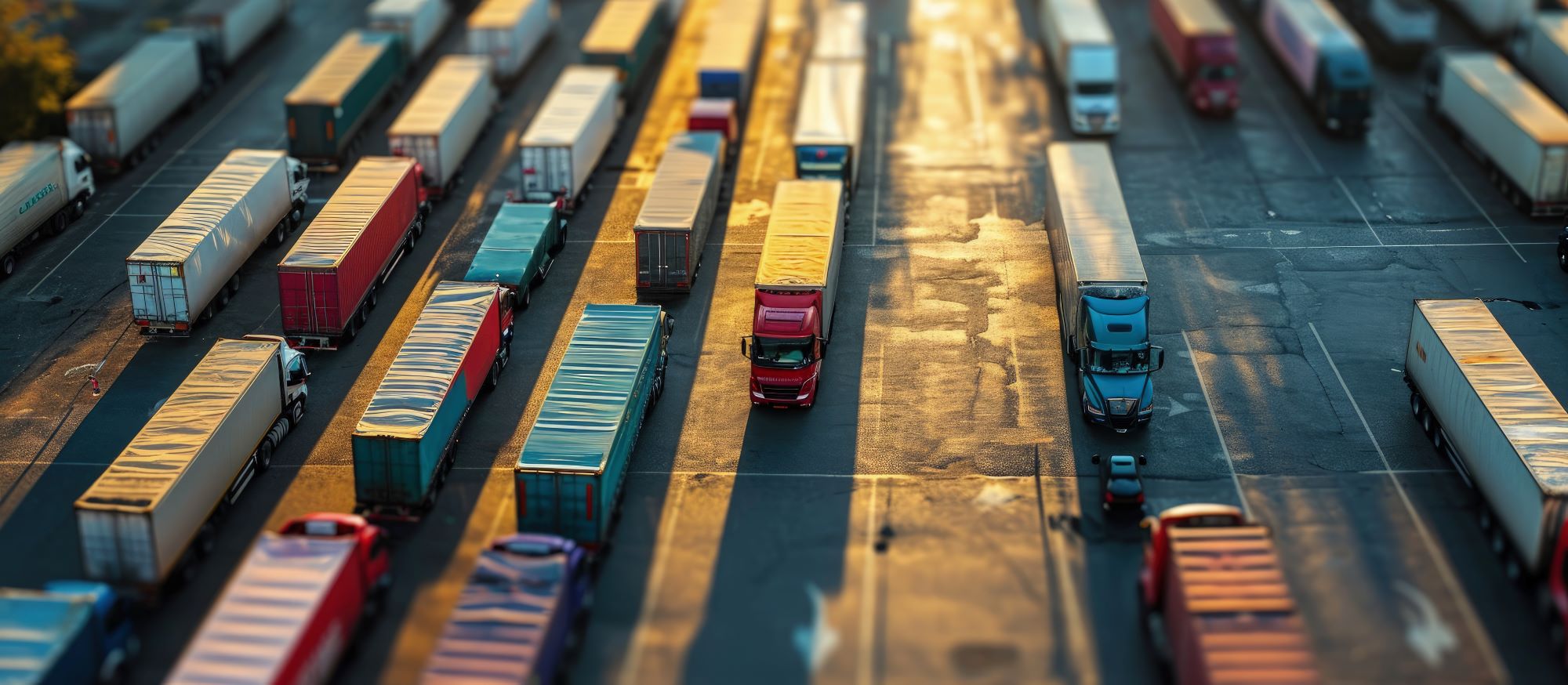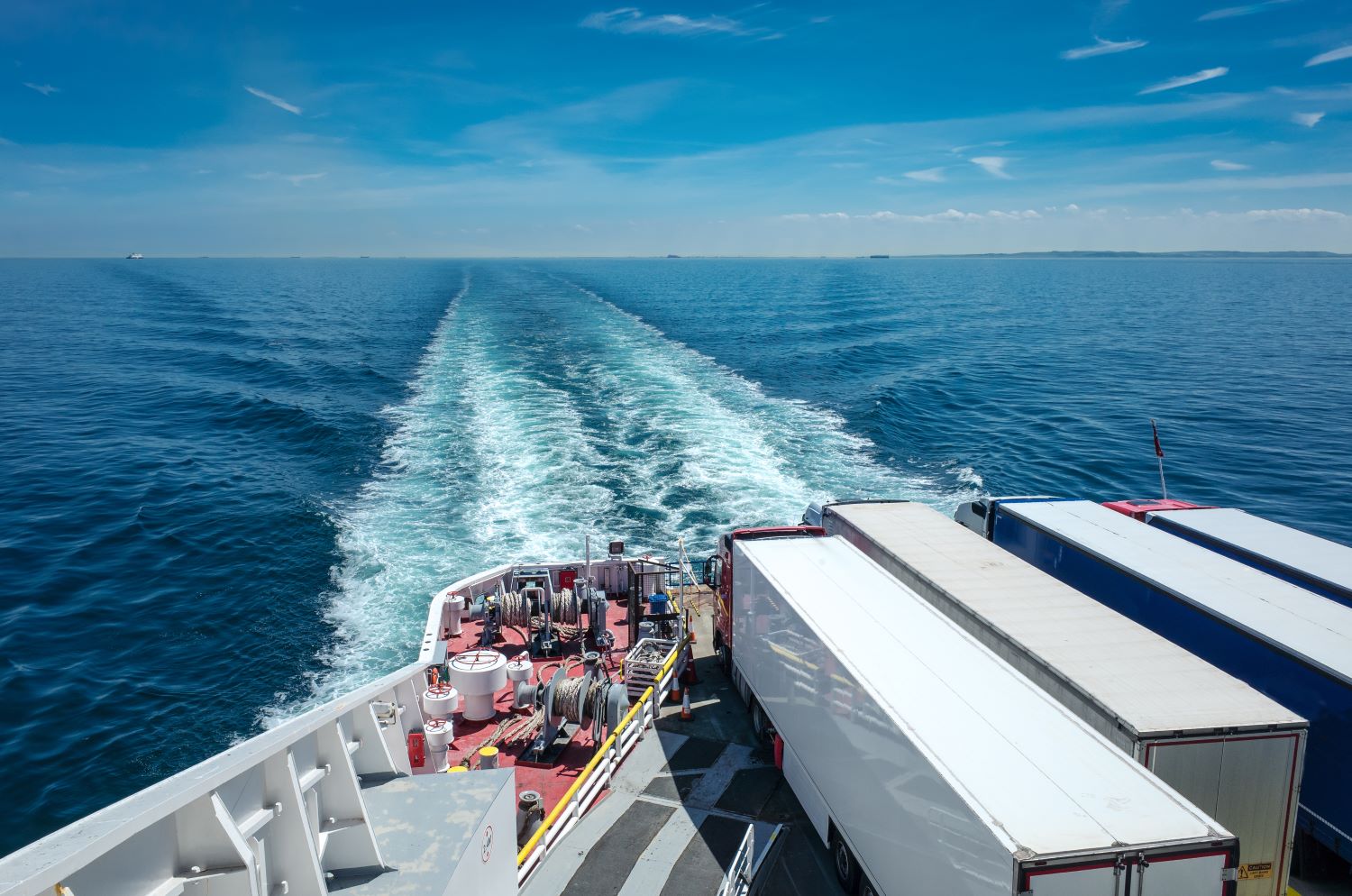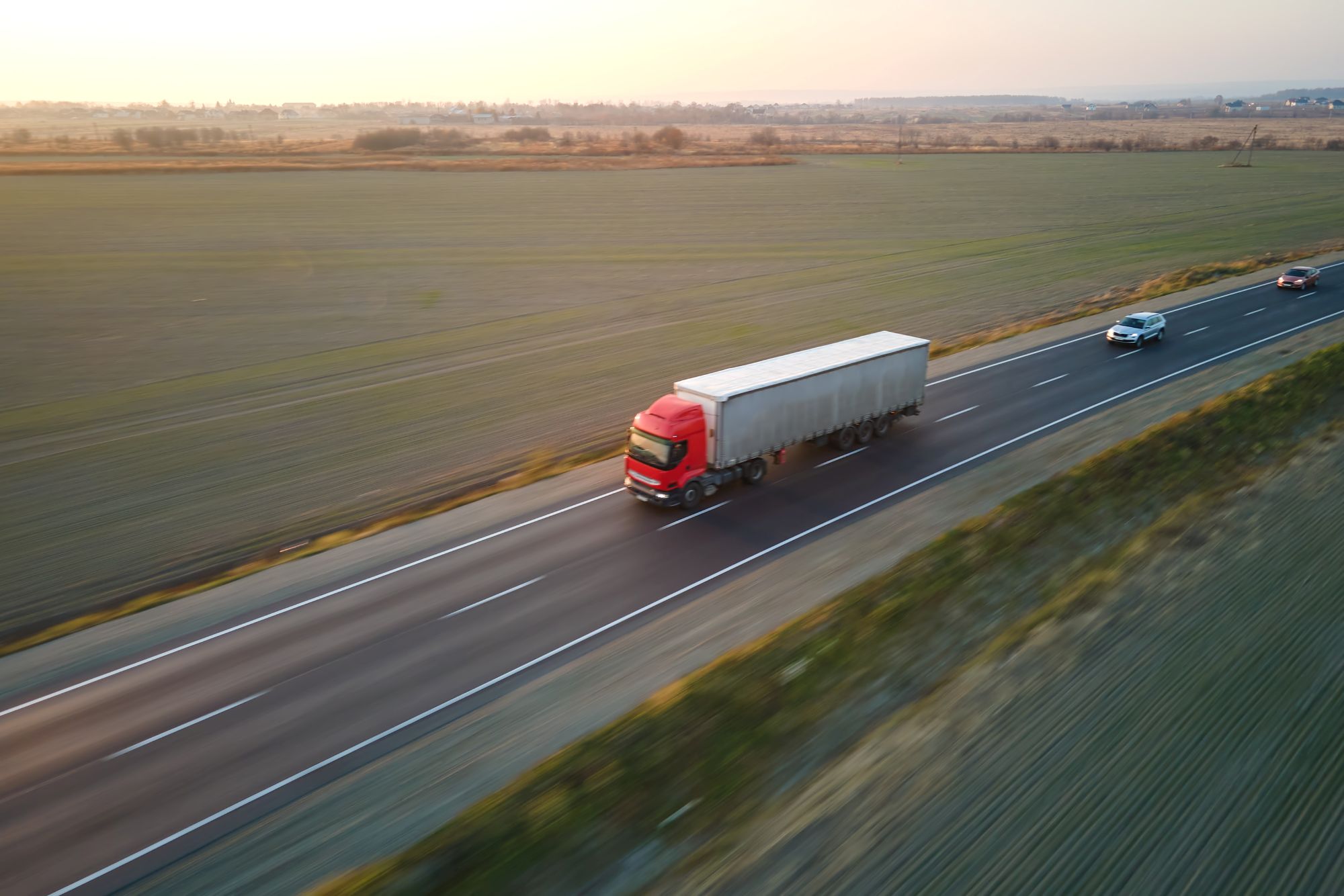
Susie Jones
Tudo o que precisa de saber sobre o sistema de entrada/saída da UE
Criado: 14/10/2024
•
Atualizado: 14/10/2024
Com lançamento previsto para novembro, mas adiado devido a preocupações, a UE vai introduzir o Sistema de Entrada/Saída (SES). O SES alterará os requisitos para os cidadãos britânicos que viajam para o espaço Schengen, exigindo que qualquer pessoa com um passaporte britânico registe dados biométricos, como impressões digitais ou uma fotografia. A EEE substituirá a aposição manual de carimbos nos passaportes quando os visitantes entram na UE. Reunimos tudo o que precisa de saber antes da mudança.
O que é que o EES exige aos viajantes?
Qualquer país que utilize o EES exigirá as seguintes informações aos viajantes:
Local de entrada e saída
Data de entrada e de saída
Documentos de viagem.
Quais são os benefícios?
A EEE tem as seguintes vantagens:
Moderniza a gestão das fronteiras externas da UE, melhorando a experiência de quem viaja.
O SES combate a fraude de identidade através da recolha de dados biométricos.
Pode identificar as pessoas que excedem o período de estadia autorizada e fornece dados fiáveis sobre entradas, saídas e recusas.
A melhoria dos controlos nas fronteiras, os registos electrónicos e os dados biométricos reforçarão a segurança na UE.
Proporciona a partilha de informações em tempo real, permitindo que as autoridades fronteiriças de toda a UE vejam as informações corretas no momento certo.
Quais são as preocupações?
A longo prazo, o novo SES simplificará as operações e beneficiará os viajantes de países terceiros. No entanto, o novo sistema suscita várias preocupações:
Pelo menos três países da UE não estão totalmente preparados para o lançamento.
Vários países poderão não estar em condições de introduzir o sistema biométrico avançado.
O sistema não foi devidamente testado no porto de Dover, um dos pontos de passagem mais movimentados do Reino Unido.
O lançamento inicial poderá causar atrasos acrescidos nos postos de controlo fronteiriços.
Atrasos adicionais no lançamento oficial da Estratégia Europeia de Emprego poderiam eliminar várias destas preocupações.
Os operadores de veículos pesados de mercadorias do Reino Unido manifestaram a sua preocupação relativamente ao limite de viagens Schengen de 90 dias em 180 - manter operações comerciais regulares na UE poderá ser um desafio. As empresas de frotas com condutores de países terceiros poderão enfrentar restrições de viagem ou coimas se o limite for ultrapassado.
Como é que as frotas e os condutores se podem preparar?
Não há muito que as frotas e os condutores possam fazer para se prepararem para o novo sistema - a maior parte do processo ocorrerá pessoalmente no porto. No entanto, as frotas e os condutores podem adotar as seguintes medidas para garantir uma transição suave:
Ao reservar a viagem, certifique-se de que dispõe de todas as informações necessárias antes de se deslocar ao porto.
Saiba o que esperar quando chegar - as diferenças práticas significam que o processo varia consoante o local.
Dê tempo suficiente para cumprir as formalidades pré-viagem, especialmente se viajar perto da data de início.

Que países irão utilizar o EES?
Os seguintes países utilizarão a EEE:
Áustria, Bélgica, Bulgária, Croácia, Chéquia, Dinamarca, Estónia, Finlândia, França, Alemanha, Grécia, Hungria, Islândia, Itália, Letónia, Liechtenstein, Lituânia, Luxemburgo, Malta, Países Baixos, Noruega, Polónia, Portugal, Roménia, Eslováquia, Eslovénia, Espanha, Suécia, Suíça.
Quando é que o EES não se aplica?
Existem várias excepções à nova EEE:
Nacionais dos países que utilizam a EEE (incluindo Chipre e Irlanda).
Cidadãos de países terceiros imediatamente relacionados com um cidadão da UE. Devem ser titulares de um cartão de residência.
Qualquer nacional de um país não pertencente à UE que seja titular de um cartão de residência ou de uma autorização de residência imediatamente ligada a um nacional de um país não pertencente à UE pode viajar em toda a Europa como um cidadão da UE.
Cidadãos com uma autorização de residência ou um visto de longa duração.
Nacionais de Andorra, Mónaco e São Marino.
Pessoas com um passaporte emitido pelo Estado da Cidade do Vaticano ou pela Santa Sé.
Qualquer pessoa isenta de controlos fronteiriços (como chefes de Estado ou trabalhadores transfronteiriços)
Cidadãos titulares de uma autorização válida de pequeno tráfego fronteiriço.
Tripulação de comboios de passageiros e de mercadorias em trajectos internacionais de ligação.
As pessoas não obrigadas a atravessar as fronteiras externas apenas nos pontos de passagem fronteiriços durante as horas de abertura fixas.
E se eu não fornecer os meus dados?
Se não fornecer as informações pessoais exigidas, ser-lhe-á recusada a entrada nos países da UE que utilizam o SES. Para as empresas de frotas, isto pode resultar numa perda de rendimentos se os seus condutores não fornecerem as informações relevantes.
Preciso de um passaporte biométrico com o novo SES?
Tanto os passaportes biométricos como os não biométricos são aceites no âmbito do novo SES. Os sistemas automatizados para atravessar a fronteira exigem um passaporte biométrico.



